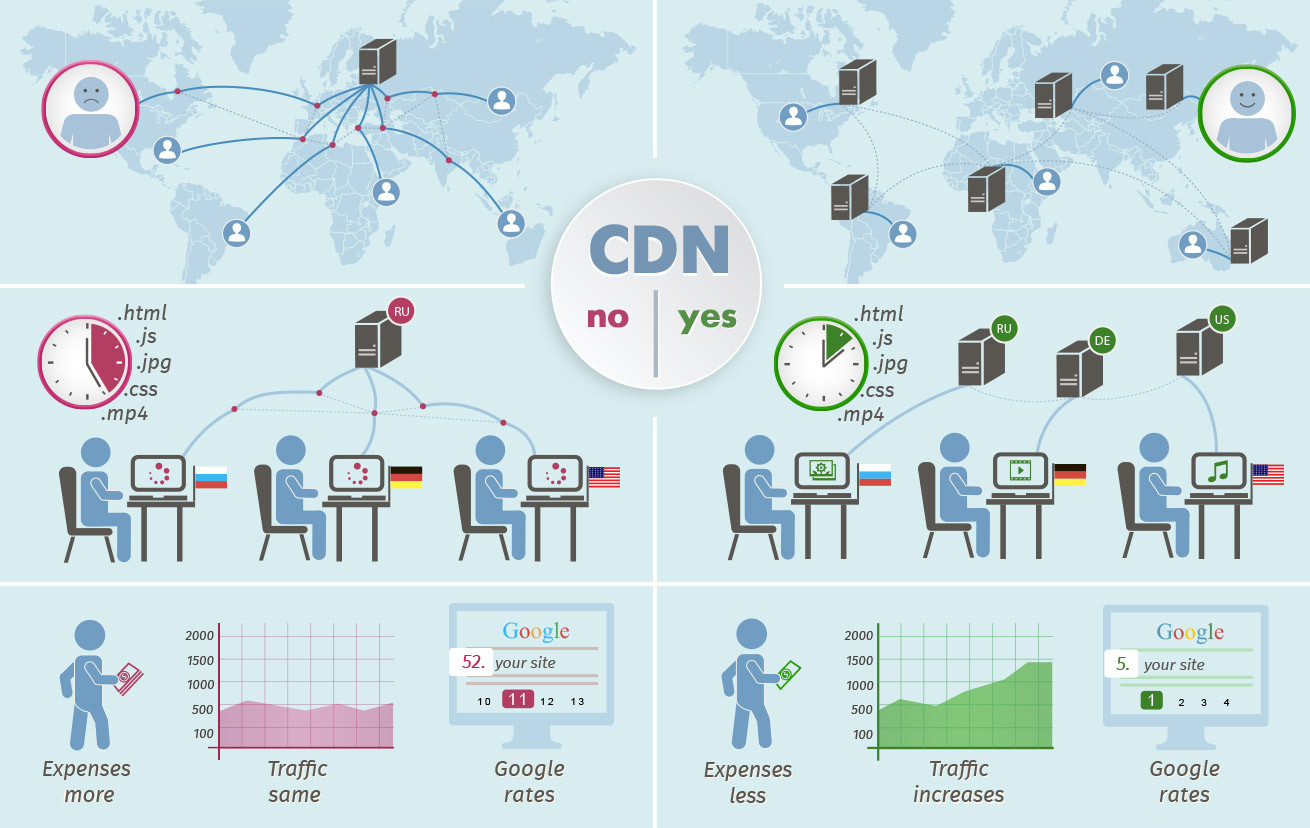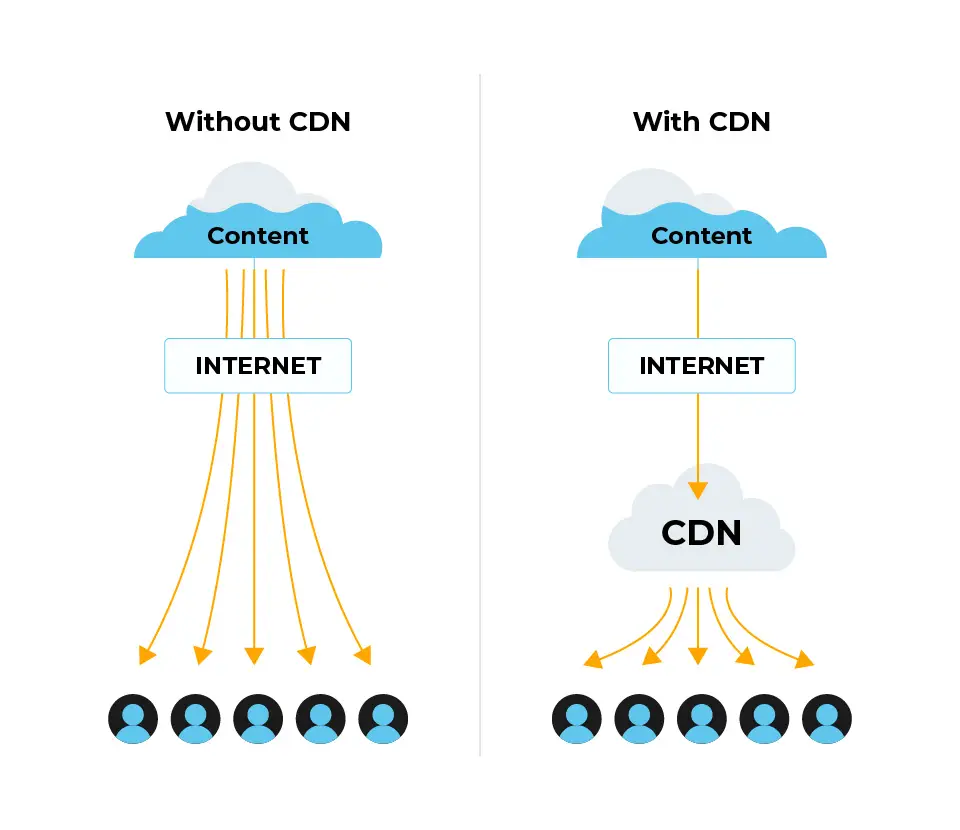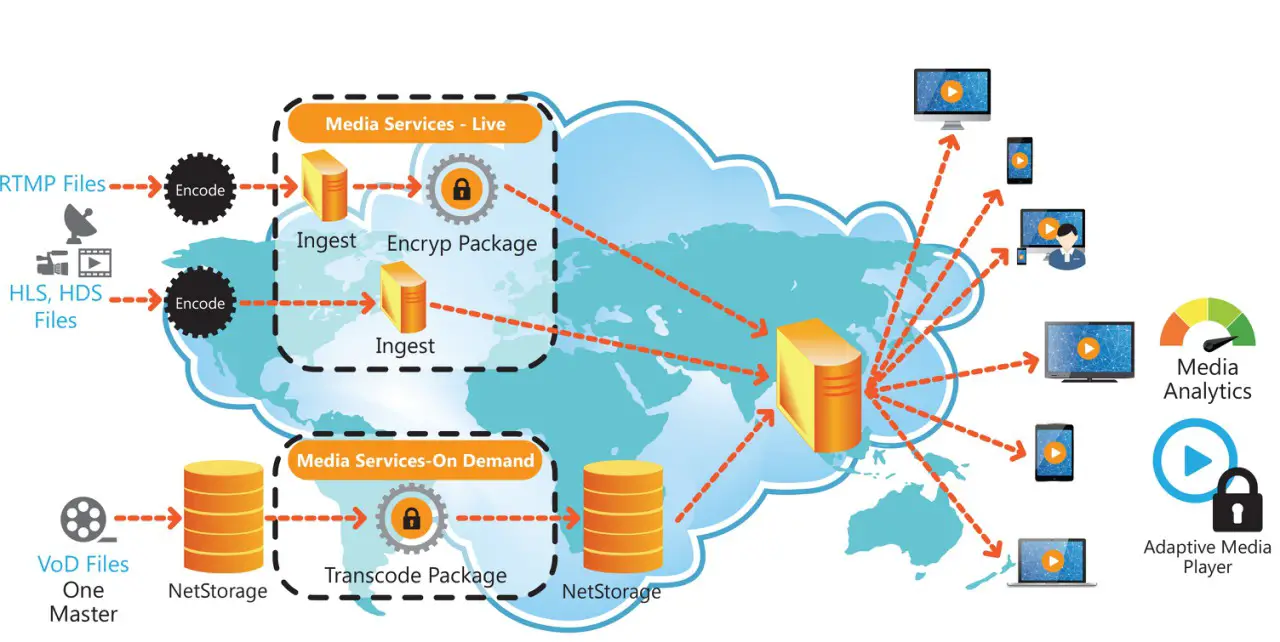The Rise of Personalized Content Delivery

In the rapidly evolving digital landscape, the delivery of personalized content has emerged as a key trend, transforming the way consumers engage with content and shaping the strategies of content providers.

What is Personalized Content Delivery?

Personalized content delivery refers to the tailored distribution of content to individual users based on their specific preferences, interests, and behavior. This involves leveraging data and analytics to understand each user’s unique profile and delivering content that is highly relevant and engaging.
Benefits of Personalized Content Delivery
- Increased Engagement: Personalized content resonates with users, leading to higher engagement rates, longer dwell times, and improved click-through rates.
- Enhanced User Experience: Tailored content provides a more enjoyable and relevant experience for users, increasing their satisfaction and loyalty.
- Increased Conversion Rates: By delivering content that is aligned with users’ needs, businesses can increase conversion rates for desired actions, such as purchases or lead generation.
- Improved ROI: Personalized content delivery can lead to a higher return on investment as content is more likely to be consumed and acted upon.
Key Technologies Driving Personalization
- Machine Learning (ML): ML algorithms analyze user data to create personalized profiles and predict user preferences.
- Artificial Intelligence (AI): AI systems automate the process of personalizing content, delivering it to users in real-time.
- Data Management Platforms (DMPs): DMPs collect and aggregate user data from various sources to provide a comprehensive view of each user.
Challenges of Personalized Content Delivery
- Data Privacy Concerns: The collection and use of user data for personalization raises privacy concerns that need to be addressed.
- Technical Complexity: Implementing personalized content delivery systems can be complex and requires significant technical expertise.
- Scalability: Delivering personalized content at scale requires robust infrastructure and efficient data processing.
CDN Trends in Personalized Content Delivery
Content delivery networks (CDNs) are playing a crucial role in the rise of personalized content delivery by providing:
- Edge Caching: CDNs store personalized content closer to users, enabling faster delivery and reduced latency.
- Content Transformation: CDNs can dynamically transform content to optimize it for different devices and network conditions.
- Analytics and Optimization: CDNs provide insights into content performance and allow for ongoing optimization of delivery strategies.
Conclusion
Personalized content delivery is a powerful trend that is transforming the way content is consumed and delivered. By leveraging data and technology, businesses can create a more tailored and engaging experience for their users. CDNs play a key role in this evolution, enabling the efficient and scalable delivery of personalized content to a global audience.## CDN Trends: The Rise of Personalized Content Delivery
Executive Summary
The way in which content is delivered to end-users is constantly evolving. In recent years, there has been a growing trend towards personalized content delivery. This trend is being driven by a number of factors, including the increasing availability of data, the rise of new technologies, and the changing expectations of consumers.
Personalized content delivery offers a number of benefits, including:
- Improved user experience
- Increased engagement
- Higher conversion rates
- Reduced costs
As a result of these benefits, personalized content delivery is becoming increasingly popular. In fact, a recent study found that 74% of consumers are more likely to make a purchase from a company that personalizes its content.
Introduction
In the past, content delivery was a one-size-fits-all approach. Every user received the same content, regardless of their individual interests or needs. However, with the advent of personalized content delivery, this is no longer the case.
Personalized content delivery is the process of tailoring content to the specific interests and needs of each individual user. This can be done by using a variety of data sources, such as user demographics, browsing history, and purchase history.
FAQs
- What is personalized content delivery?
Personalized content delivery is the process of tailoring content to the specific interests and needs of each individual user. - What are the benefits of personalized content delivery?
Personalized content delivery offers a number of benefits, including improved user experience, increased engagement, higher conversion rates, and reduced costs. - How can I implement personalized content delivery?
There are a number of ways to implement personalized content delivery. One common approach is to use a content delivery network (CDN). A CDN can help you to deliver personalized content to users based on their location, device, and other factors.
Subtopics
1. User Segmentation
User segmentation is the process of dividing your audience into smaller, more manageable groups. This can be done based on a variety of factors, such as demographics, interests, and behavior.
- Benefits of user segmentation:
- Allows you to tailor your content to the specific needs of each segment
- Improves the relevance of your content
- Increases the effectiveness of your marketing campaigns
- Important considerations for user segmentation:
- Define your target audience
- Identify the key characteristics of each segment
- Use a data-driven approach to segmentation
2. Content Personalization
Content personalization is the process of tailoring content to the specific interests and needs of each individual user. This can be done by using a variety of techniques, such as:
-
Dynamic content insertion: Delivering different content to users based on their location, device, or other factors
-
Recommendation engines: Suggesting content to users based on their past behavior
-
Adaptive content: Changing the content of a page based on the user’s behavior
-
Benefits of content personalization:
- Improves the user experience
- Increases engagement
- Drives conversions
-
Important considerations for content personalization:
- Use data to understand your users
- Test different personalization techniques
- Personalize the entire user journey
3. Data Management
Data management is the process of collecting, storing, and managing data about your users. This data can be used to personalize content, track user behavior, and improve your overall marketing efforts.
- Benefits of data management:
- Provides insights into your users
- Improves the effectiveness of your personalization efforts
- Helps you to make better business decisions
- Important considerations for data management:
- Collect data from a variety of sources
- Clean and organize your data
- Use a data management platform
4. Analytics and Measurement
Analytics and measurement are essential for tracking the success of your personalized content delivery efforts. This data can help you to understand what is working well and what needs to be improved.
- Benefits of analytics and measurement:
- Track the performance of your personalized content
- Identify areas for improvement
- Measure the ROI of your personalization efforts
- Important considerations for analytics and measurement:
- Define your key metrics
- Use a variety of analytics tools
- Track data over time
5. Security and Privacy
Security and privacy are important considerations when implementing personalized content delivery. You need to make sure that your users’ data is secure and that their privacy is protected.
- Benefits of security and privacy:
- Protects your users’ data
- Maintains your users’ trust
- Complies with privacy regulations
- Important considerations for security and privacy:
- Use a secure CDN
- Encrypt your users’ data
- Implement privacy controls
Conclusion
Personalized content delivery is a powerful tool that can help you to improve the user experience, increase engagement, and drive conversions. By following the tips in this article, you can implement personalized content delivery on your own website.
Relevant Keyword Tags
- CDN (Content Delivery Network)
- Personalized Content Delivery
- User Segmentation
- Content Personalization
- Data Management
